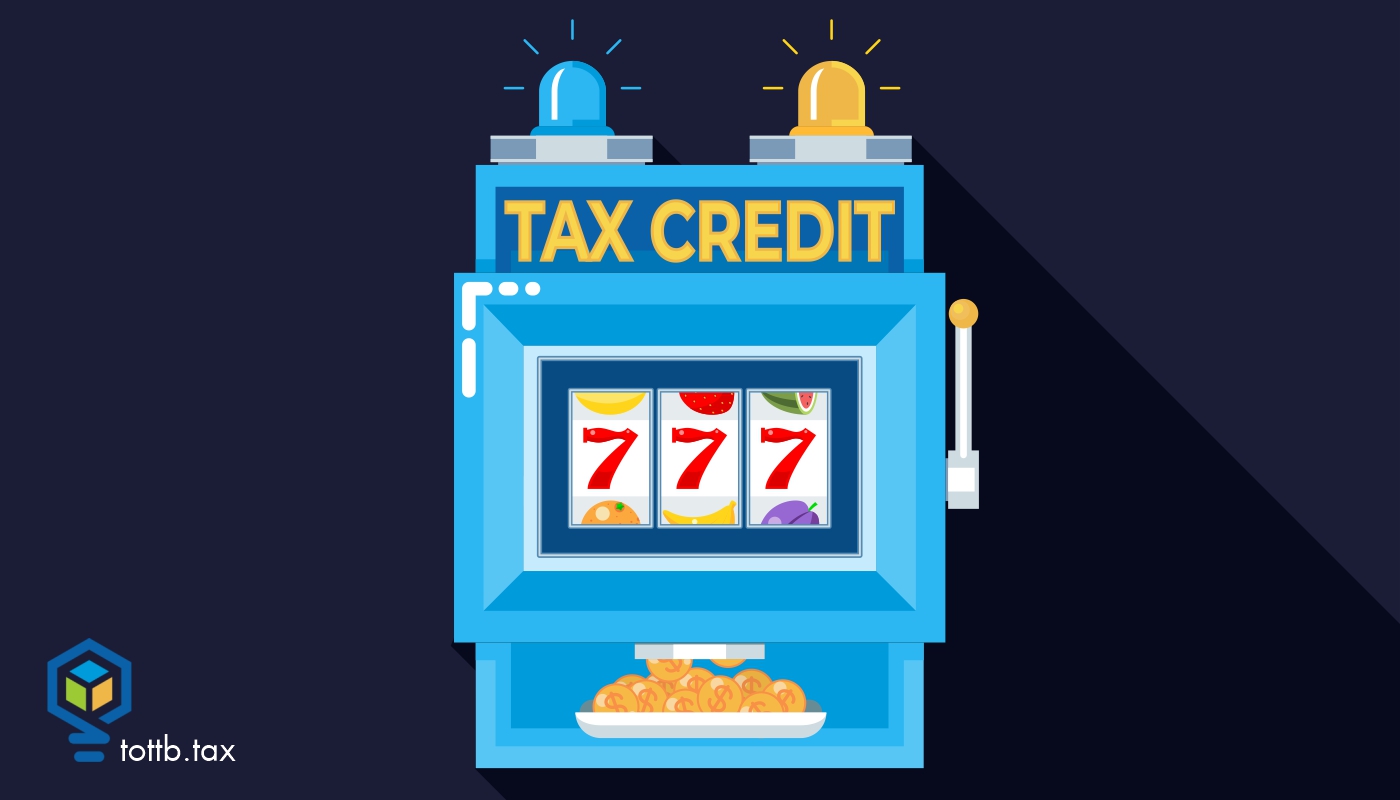Retirement Tax Planning — Retirement Plans for the Sole Proprietor
Many of the same tax advantages perceived as being only available with entity taxation are also available to Schedule C sole proprietors and that includes funding retirement plans. It’s perfectly OK to start and continue to run a business as a sole proprietorship filing a Schedule C for when it makes financial and administrative sense to do so.
There are a number of advantages to having a retirement account. Of course, when you contribute to a retirement account, you can deduct your contributions from your taxable income. This can result in significant savings come tax time. Additionally, the money in your retirement account grows tax-free. This means that you can potentially earn a lot more on your investment than you would if it were subject to taxation. A retirement account gives you the peace of mind that comes with knowing you have a cushion to fall back on in retirement. No matter what happens in the markets, you will always have access to your retirement savings. This can provide a great deal of security during uncertain economic times.
While retirement accounts can be a great way to save for the future, there are also some potential drawbacks to consider. For one thing, retirement accounts often come with strict penalties for early withdrawal. This means that if you need to access your savings before retirement age, you may be subject to significant fees. Additionally, retirement accounts can be complex and confusing, making it difficult to keep track of your progress.
While retirement accounts can be a helpful tool for saving, it’s important to be aware of the potential drawbacks before you decide as a sole proprietor whether or not to open one. Click here to explore the different types of retirement plans available to sole proprietors and the pros and cons of each.
Read MoreClient Alert














